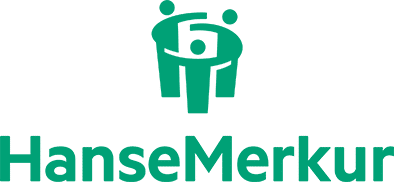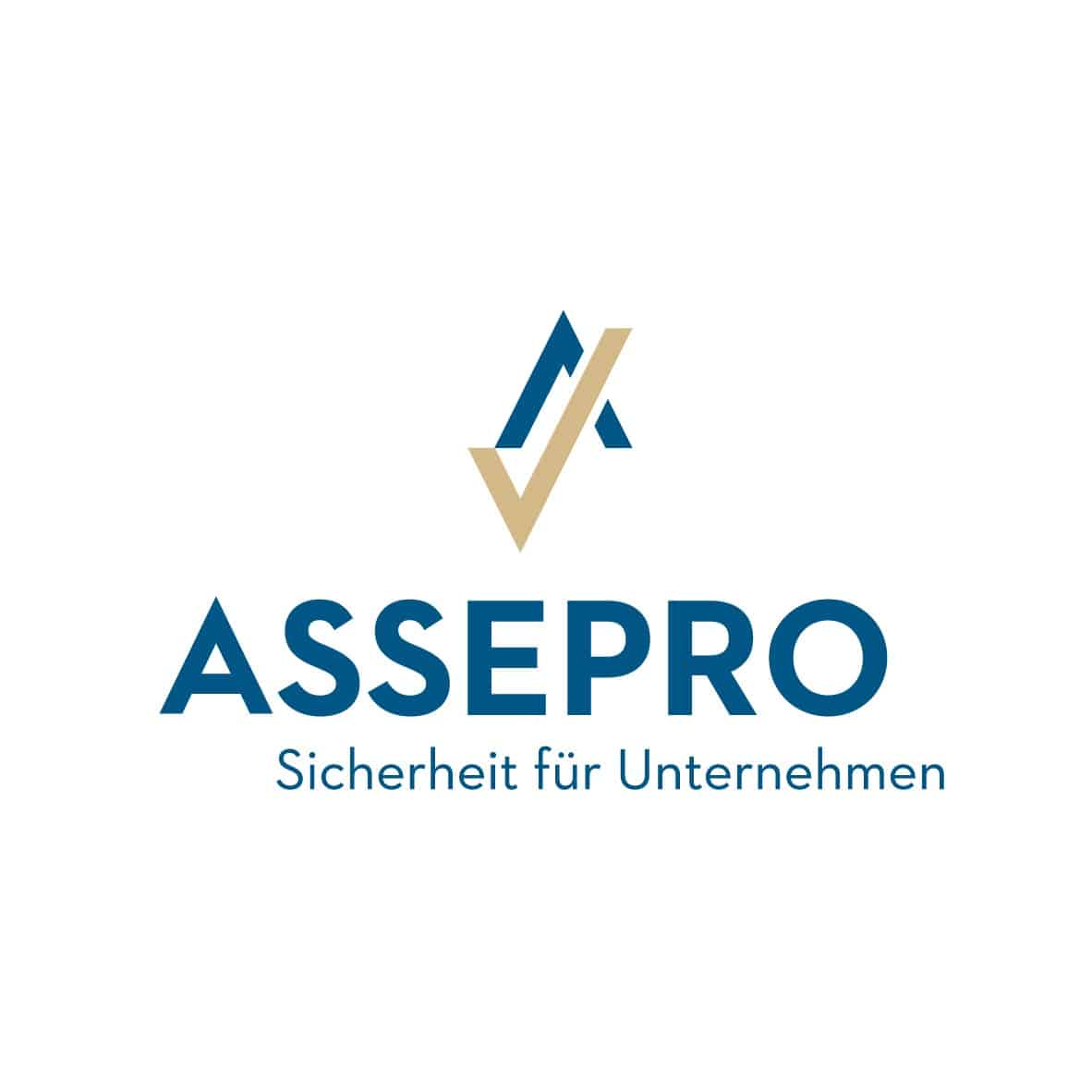Swiss InsurTech noimos: Courage to Implement – Not just Good Ideas
30 October, 2025 | Current General Interviews
While InsurTechs have long been setting the standards in the industry in many countries, Switzerland is still considered cautious when it comes to the productive use of new technologies. However, there are also some good examples from Switzerland: with artificial intelligence noimos is accelerating claims processing in the motor vehicle sector and making it more efficient, transparent and sustainable. In this interview, CEO Daniel Meier explains why AI should not be a black box, how he sees the industry changing and what Switzerland needs to do to keep up with innovations in the insurance industry.
thebrokernews talks to Daniel Meier, CEO and co-founder of noimos, about the use of AI in claims management and the culture of innovation in the Swiss insurance market.
Mr. Meier, noimos was originally founded as a subsidiary of AXA Switzerland. When did you decide to become an independent company and why was this step necessary?
AXA got to grips with the technological trends surrounding AI at a very early stage and recognized that a great deal of value could potentially be created. At the same time, it quickly became clear that certain developments would require a different environment to that of a large insurance company. This was also with the vision of not only using these services internally at AXA Switzerland in the future, but also opening them up to the market.
What was the vision at the beginning of noimos? Was it primarily about increasing efficiency, or about a fundamentally new understanding of damage recording and assessment?
The vision has remained fundamentally unchanged since the beginning. The aim is to create added value for various players in the field of motor vehicle damage. The digital, AI-supported services offered are designed to meet this need. For example, the garage owner can receive a quick repair approval, while insurers can apply the existing capacities of vehicle experts more specifically to cases where a detailed examination is appropriate. Customers also benefit from efficient claims handling and the potential to avoid unnecessary claims payments, which can have a positive impact on the customer experience and premium levels.
The Swiss insurance market is considered solid, but also rather conservative. How open is the industry really to InsurTech innovations today?
I would not confirm this statement across the board. In the motor vehicle claims environment, I personally feel that insurers are very open to breaking new ground and using new technologies. However, this may also be due to the fact that AXA, as the largest motor insurer in Switzerland, co-develops and also uses our solutions, which is seen in many places as a sign of quality.
Your company relies on computer vision, i.e. the visual analysis of vehicle damage. How does this work in practice and what distinguishes noimos from other AI providers?
We currently have three main products. The first is about increasing the repair rate for windshield damage. The key capabilities in this process are computer vision models that can assess whether the windshield can be repaired based on a photo.
The second product is a “mini vehicle expert” which, like a human vehicle expert, compares the damage pattern with the garage’s cost estimate in order to assess whether the proposed repair work is correct or whether intervention is required. For example, if the damage pattern indicates that dents will also be repaired that are probably from an earlier damage event. Or must be from a collision. Or cannot be parking damage from the insurer’s point of view. These are just a few examples.
The technical capabilities behind these products can be combined and used in very different ways.
Due to our roots, we have a very sound understanding of insurance. Accordingly, we develop our products from the perspective and with the know-how of an insurer who wants to use technology for insurance processes. It sounds simple, but that’s what sets us apart from others.
You attach great importance to ensuring that your AI remains comprehensible and is based on expert knowledge. Why is transparency particularly important when it comes to technological innovations in insurance?
Transparency is a legal requirement and, together with trust, forms the foundation of every insurance company. Our services must therefore be just as transparent and trustworthy.
How is your AI trained and how do you ensure that it works reliably, objectively and across markets?
I wouldn’t talk about “the AI”. Our products consist of different components. We develop certain models in-house, while for other models we use current Large Language Models (LLM), which we adapt to our needs or develop further with our data. And our business rules, which also contribute a great deal of insurance expertise, are central to this.
We ensure reliability to the extent that our models are continuously checked for correctness by having random samples revalidated by humans. Automated standardized tests are also carried out before the release of new versions in order to prevent fundamental malfunctions (e.g. biases or discrimination).
However, the issue of “cross-market” is not quite so trivial. The underlying components are certainly the same. But each country still works very differently. From a process perspective, but also with regard to the insurance conditions.
It is therefore important to define together at the outset what the processes should look like in collaboration with our systems in order to generate as much value as possible. This is precisely where we can differentiate ourselves and create added value thanks to our insurance expertise.
You write that you use LLMs. But anyone can do that. What is innovative about that?
As already mentioned, we use various components in the background. Some of these are based on our own models, others on LLMs and others use hybrid approaches. However, the highly scalable productive operation of LLMs in particular places significantly higher demands than one-off use by individual users via ChatGPT. Experiences from such individual cases are not readily transferable. Furthermore, aspects such as compliance and efficient decommissioning of models have not yet been taken into account in this context.
Your systems combine machine intelligence with human expertise. How do you strike a balance between automation and the indispensable experience of experts?
Machines are more efficient than humans in certain tasks, while at the same time there are activities that are better performed by humans. The products are designed to provide support functions where they are needed and to enable efficiency increases through evaluations. At the same time, the aim is to automate processes where automated solutions offer advantages in terms of effectiveness or costs. The aim is to use existing resources efficiently and automate suitable tasks, but not to replace as many human workers as possible.
Noimos will also work with various other insurers and international partners in the future. What were the biggest hurdles on the way from an AXA project to an independent InsurTech company?
Our owner is still AXA Switzerland, so I wouldn’t see us entirely as an “independent InsurTech company”. However, we also see this situation as a huge advantage because an insurer thinks and invests for the long term more than certain other investors would. After all, they ultimately want to create value for insurers.
If you look at the DACH region: What differences do you see between the willingness to innovate in Switzerland, Germany and Austria?
In my view, the willingness to innovate is not dependent on countries. It stands and falls with the mindset of individuals. Quite apart from the fact that there are major differences in the formal hurdles that need to be overcome.
Many insurers want to appear innovative, but shy away from implementation. How do you convince decision-makers to actually integrate AI solutions into their processes?
Ultimately, the decisive factor is the added value a solution offers. Our experience to date shows that new ideas and application examples often emerge quickly after the start of collaboration.
Your technology also contributes to sustainability, for example when a windshield is repaired instead of replaced. Is this aspect appreciated enough in the industry?
Sustainability is an issue for all insurers. And if this can be combined well with other objectives, so much the better. This is welcomed accordingly.
Are you already thinking about areas of application outside the motor vehicle sector, for example in buildings insurance or industry?
Our main focus remains clearly on motor vehicles. We will see whether this remains exclusively for insurance in the future.
You run noimos with your own team and your own culture, detached from the parent company. How does this independence influence your ability to innovate?
We have the advantages of a small company when it comes to quick decisions and flexibility. This certainly makes us faster than a large organization – but of course we comply with everything that an insurer expects of us from a regulatory perspective.
The shortage of specialists also affects the insurance and tech industries. How do you manage to attract and retain specialists for such a complex field as computer vision?
Employees can see the direct impact of their daily work and are constantly in touch with new topics and technologies, which enables continuous development. At the same time, we invest a lot in team activities because I firmly believe that team spirit and cohesion are key to the success of a company. This also has a positive effect on employee loyalty and also on the long-term retention of employees.
If you look five years ahead: What will noimos look like in 2030 and what impact will artificial intelligence have on the insurance industry as a whole by then?
There are already many areas of application within insurers that are supported by artificial intelligence (e.g. pricing, claims operations, etc.). The types and quantity of applications will certainly increase, as many promising pilots are currently taking place in various areas of the value chain.
We are currently integrating our services in several European countries. My aim is therefore for these implementations to be perceived as a success by our customers and to open us up as a basis for further customers and use cases. I want to establish noimos as a relevant player. You can see from this personal vision for noimos that I have my roots in an insurance company. I have always pursued the goal of really taking and delivering the small and medium steps rather than just talking about the big steps.
The questions were asked by Binci Heeb.
Daniel Meier: Insurance specialist with federal FA, financial planner with federal FA, Executive MBA Sales & Marketing.
1998 – 2001: Insurance apprenticeship at Winterthur Insurance AG, 1999: Founded own company for web hosting/web design, 2001 – 2012: Various roles within distribution at AXA Insurance Ltd, 2013 – 2015: Set up and managed Broker Centre Winterthur AXA Insurance Ltd, 2016 – 2021: Head of Mobility Insurance AXA Insurance Ltd, Since2021: Co-founder and CEO Noimos Ltd.
Read also: Positive signals from the Swiss InsurTech Hub




